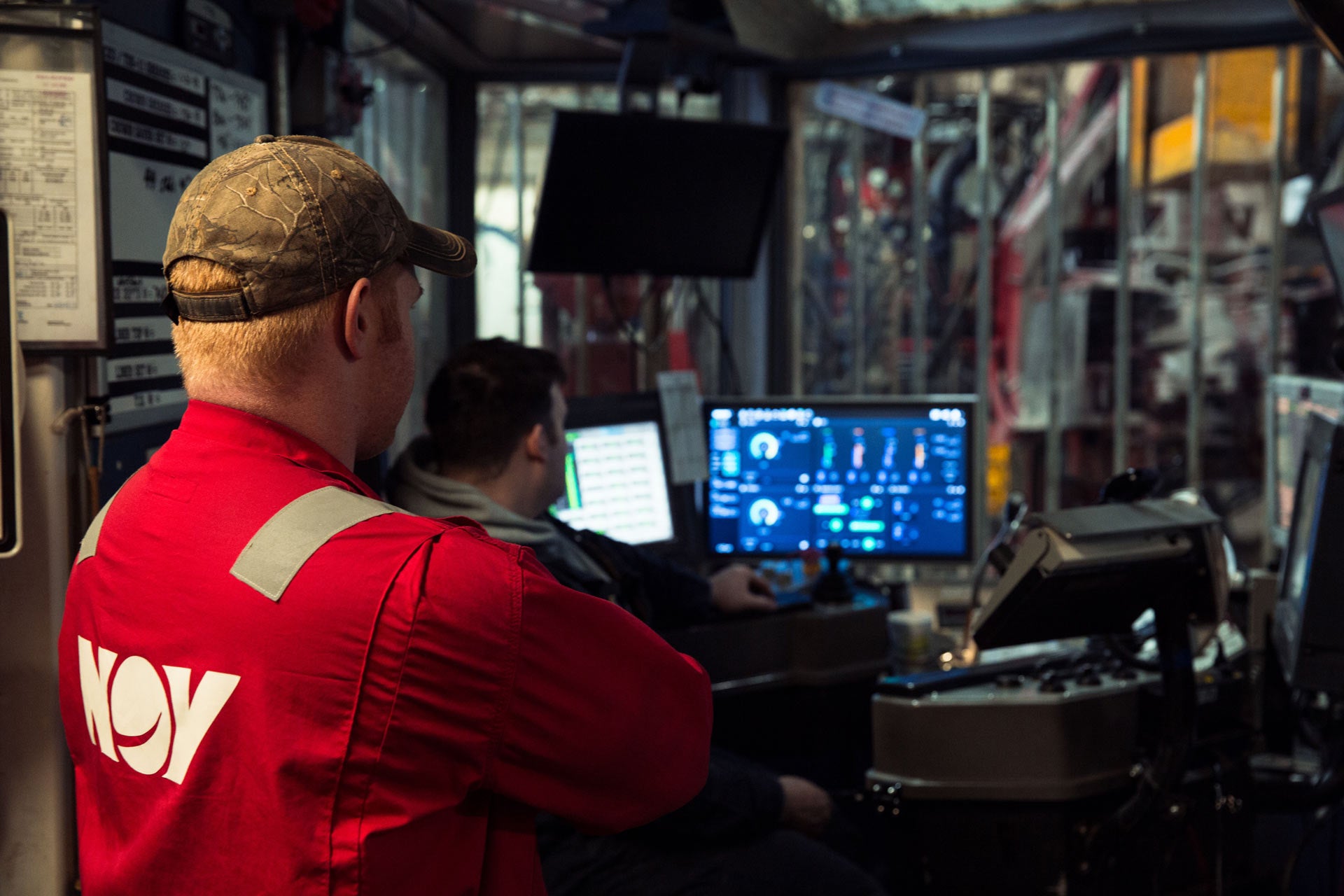Podcast
Episode 22 NOVOS Expert Panel Part 1
With guest Craig Johnson
Feb 19, 2019
In this episode, host Michael Gaines talks with Craig Johnson II, the NOVOS system engineer. Craig discusses how the NOVOS system can truly make an impact for both the driller and drilling operations.
